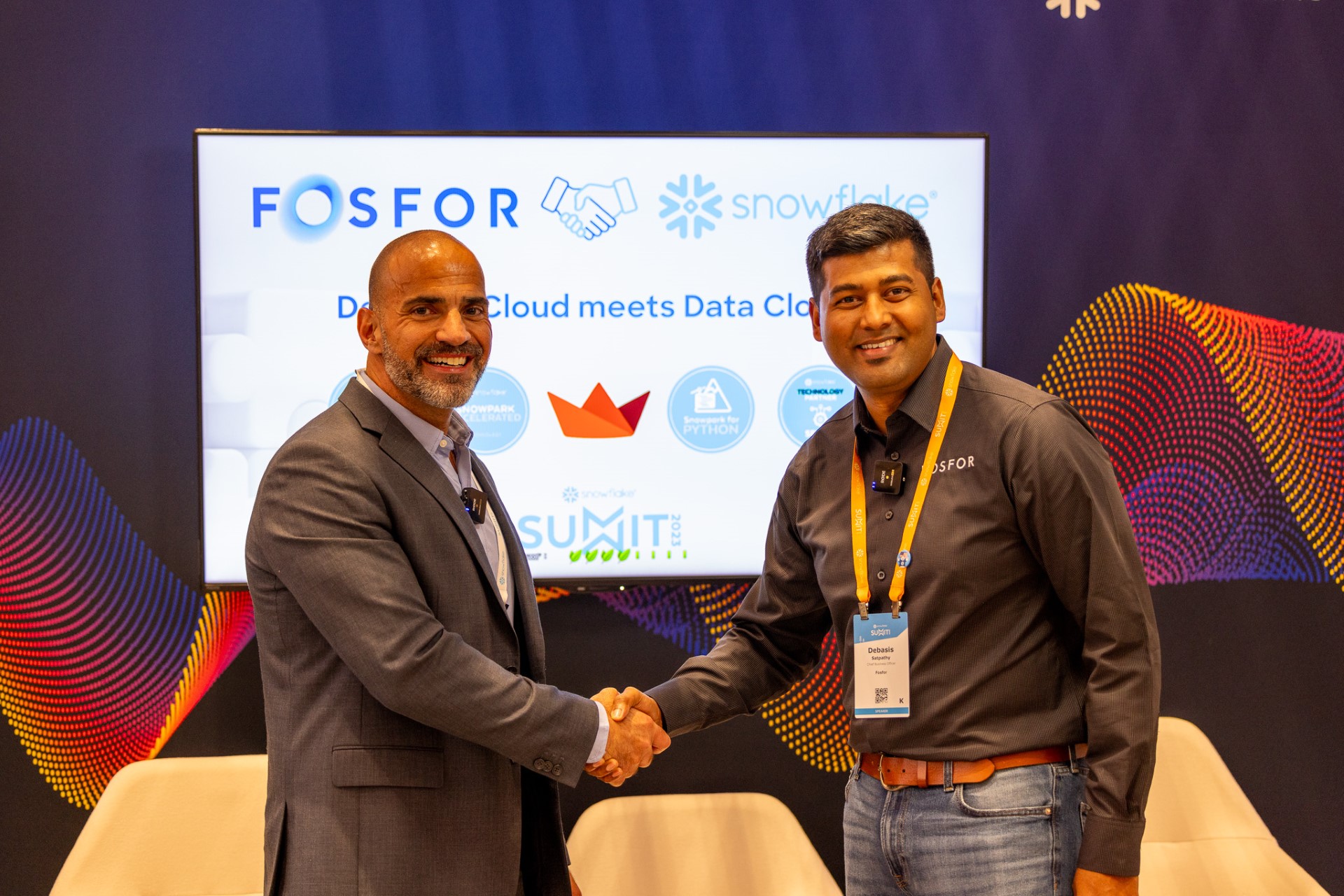 Reading Time: 3 minutes
Reading Time: 3 minutesIntroduction
Fosfor just had its general availability release of the Fosfor Decision Cloud (FDC) which introduces groundbreaking features and enhancements designed to empower users in organizing data, building impactful AI applications, and making data-driven business decisions in real-time.
This release is built around several key themes that enhance the overall functionality, usability, and reliability of the platform.
Here is a rundown of these themes:
1. Enhanced user and project management
This release brings more robust user and project management features, allowing administrators to manage users and roles with greater precision. The introduction of global roles like Admin, Designer, and Business User, along with project-specific roles, ensures granular access control and seamless collaboration across teams.

2. Advanced data and semantic modeling
The Fosfor Decision Cloud v1.0.0 significantly upgrades its data and semantic modeling capabilities. The Modeling Studio now enables designers to create and manage data models from Snowflake tables, supporting advanced star schema modeling. This allows for the creation of semantic models that serve as a single source of truth for building various solutions, making data more accessible and meaningful for business users.

3. Comprehensive data pipeline and work flow management
The new Pipeline Studio and Workflow features allow users to design, configure, and execute complex data transformation pipelines with ease. The low-code canvas facilitates the building of scalable and optimized dbt models, ensuring reliable data processing and integration. Users can also orchestrate these pipelines with enhanced workflow features, enabling both sequential and parallel execution of data flows.

4. Streamlined experiment management and model deployment
Experiment Management has been enhanced to allow users to create, run, and compare experiments efficiently, reducing the time required for model building. With the customizable, self-serve Workbench, users can now deploy validated models for batch inference, ensuring that AI models are production-ready and can be continuously monitored for performance and drift.

5. AI-Driven insights and decision support
The introduction of the Fosfor Ask and Nudges features provides users with AI-driven insights and anomaly detection capabilities.
Fosfor Ask allows analysts and business users to query the data using natural language, receiving answers in narrative form with smart visualizations.

Nudges, on the other hand, automatically detects anomalies in data, helping users to proactively manage and mitigate potential issues.

6. Interactive storytelling and collaboration
The Storyboard feature empowers users to create interactive, visualization-based data stories, facilitating collaborative decision-making. This feature enables analysts to transform insights into compelling narratives that can be shared across teams, ensuring that data-driven decisions are effectively communicated and acted upon.

7. Reliability and DevOps enhancements
The release also focuses on enhancing reliability and operational efficiency with new DevOps features. A single-click deployment script for AWS streamlines the deployment process, while the integration of Jira Service Management (JSM) improves the support ticketing workflow, ensuring faster resolution times and higher customer satisfaction.
Conclusion
The Fosfor Decision Cloud has taken a significant step forward in empowering organizations to harness the full potential of their data. With these new features and enhancements, users can confidently build and deploy AI models, manage complex data workflows, and drive impactful business decisions with greater speed and accuracy.








